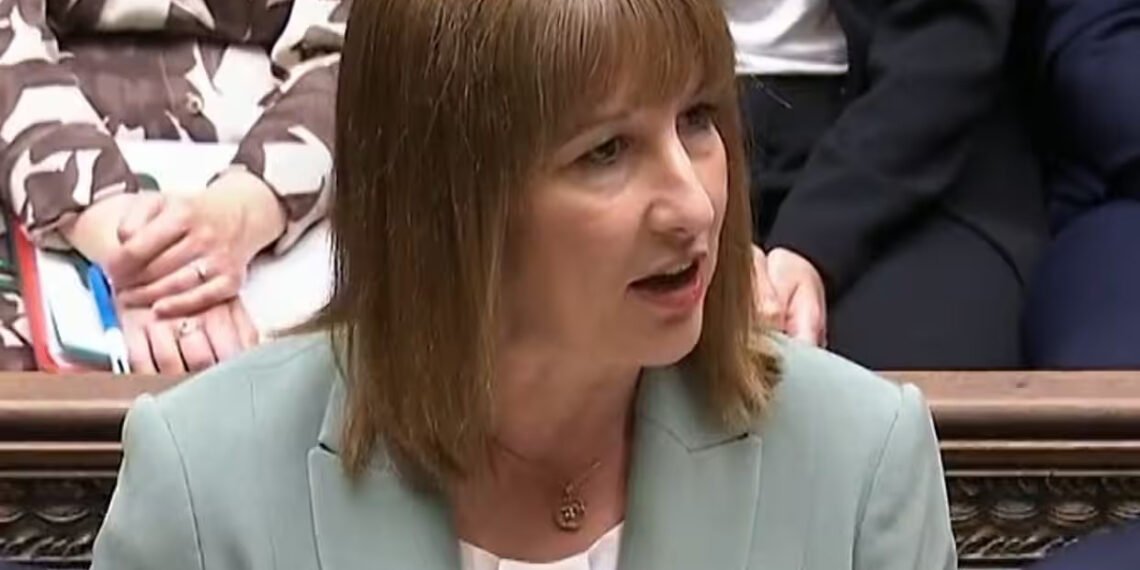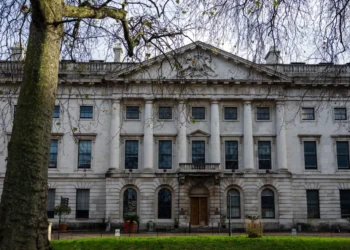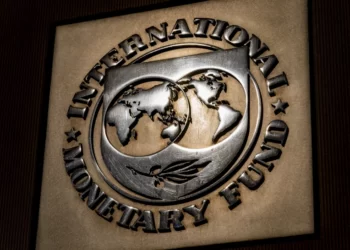Rachel Reeves is heading into the autumn budget with what economists are calling an “impossible trilemma”, a mounting fiscal hole of £50bn that may force her to either raise taxes, make deep spending cuts, or scrap her own fiscal rules.
The warning comes from the National Institute of Economic and Social Research (NIESR), a leading economic think tank, which stated that the chancellor is on track to miss her self-imposed borrowing targets by a staggering £41.2 billion by 2029-30. Reeves has committed to a “stability rule” which requires government debt to fall as a share of GDP in the fifth year of the forecast period.
To also restore the £9.9bn fiscal buffer kept since the previous budget, the chancellor now needs to find a total of £51.1bn. While spending cuts remain an option, the room for further departmental reductions is narrow following recent squeezes. The likeliest path, according to NIESR, is tax increases.
The pressure is rising on Reeves to consider measures such as income tax hikes or a possible wealth tax targeting the highest earners.
Professor Stephen Millard, deputy director for macroeconomics at NIESR, said at a press briefing on Tuesday that the government faces a “worsening fiscal outlook” made more difficult by Labour’s reversal on key welfare reforms.
He stated that only a “credible, sustained increase in taxes” would signal to markets that the Treasury is serious about stabilising the economy. “A large part of this would need to happen in the first year to demonstrate commitment,” Prof Millard warned.
He also raised concerns about the £9.9bn safety margin built into Reeves’ fiscal plans, calling it “really way too thin,” and warning that even a “slight change in fiscal circumstances” could eliminate it.

Economy Faces Weak Growth Outlook
Despite a modest upgrade in its 2025 economic outlook, from 1.2% to 1.3%, NIESR trimmed its 2026 projection down to 1.2%, from 1.5%. The think tank underscored that sluggish growth, paired with above-target inflation, complicates the chancellor’s task of meeting debt-reduction goals without fiscal tightening.
In parallel, the poorest households have seen their standard of living decline, further complicating political optics. NIESR’s report noted that the lowest-income 10%, roughly 2.8 million households, have seen living standards fall by 1.3% under Labour, now sitting about 10% lower than pre-Covid levels.
Reeves’ policy options are narrowing, especially after pledging no major tax rises beyond the £40bn she announced in her first budget. Yet the economic reality appears to be testing that commitment.
Prof Millard proposed a rethink of the chancellor’s fiscal rules altogether, suggesting a framework that assesses the “long-term direction of debt” rather than setting targets based on a five-year snapshot. He further argued that budget planning should rely on current revenue and expenditure levels instead of speculative changes.
While the idea of rewriting fiscal rules may prove politically risky, the economic case is growing stronger, especially in light of declining buffers and rising pressures from spending commitments.
The NIESR’s findings indicate that Reeves’ current framework, designed to balance fiscal responsibility with political pledges, may no longer be viable. In a July Cabinet meeting, she reportedly warned ministers that plugging budget holes would be a “big challenge” due to the absence of any “low-hanging fruit” left to trim.
As the chancellor prepares for her autumn budget, the urgency to deliver both fiscal stability and political credibility is becoming harder to manage. NIESR’s conclusions suggest that without decisive and possibly unpopular moves, the government risks missing both its economic and manifesto goals.
READ ALSO: 80th Anniversary Of Hiroshima Bombing Sees Urgent Calls For Nuclear Disarmament























